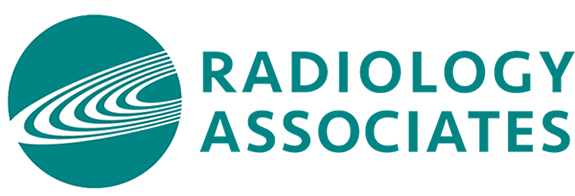It’s October, meaning Breast Cancer Awareness Month is here again. But isn’t everyone already aware of breast cancer? Sure, we are. But awareness is about more than just knowing about the disease – it’s also about remaining vigilant in our mission to catch breast cancer early, when it is most easily and effectively treated. Vanquishing breast cancer demands a collective effort from all of us. Here’s how we can work together to beat breast cancer:
Get an Annual Screening Mammogram
The front line in the early diagnosis of breast cancer is Digital Breast Tomosynthesis, also called 3D mammography. 3D mammography is the current gold standard in routine breast cancer screening, which the American College of Radiology recommends annually for women beginning at age 40, or age 35 for those with an added risk factor, such as a first-degree relative (mother, sister or daughter) diagnosed with breast cancer. Compared to standard mammography, FDA-approved breast tomosynthesis provides superior views of breast tissue from multiple angles to capture even tiny abnormalities before they have a chance to spread. The advantage of 3D mammography is especially important to the approximately 47% of women with dense breast tissue, which has been challenging to image using standard mammography. 3D mammography sees through even dense breast tissue with greater detail and accuracy, providing up to 41% better discovery of invasive breast cancers and a 40% reduction in false positive results, reducing both undue worry and the need for stressful and unnecessary follow-up testing. It’s a true leap forward in early detection.
When a Deeper Look is Needed, There’s Breast MRI
When something questionable shows up on a 3D mammogram, or if your risk of breast cancer demands extra imaging, you and your medical team can rely on breast MRI to help provide additional information and answers. Breast MRI is a non-invasive supplemental test that delivers additional detail of breast tissues so your radiologist and referring clinician can apply closer scrutiny to an abnormality. Sometimes an MRI is enough to determine if an abnormality is something benign, like a cyst or an imaging artifact; other times it provides excellent information on the location and extent of questionable cells so that a targeted sample can be collected for biopsy. Apart from a possible injection of imaging contrast for greater detail, MRI is painless and100% free of ionizing radiation.
Your Health is Our Priority
Remember, breast cancer can grow and spread quickly, so don’t let current conditions delay your screening. RAI employs thorough safety protocols to protect you and our staff from Covid-19. After all, protecting everyone’s health is our number one duty and we take it – and your quality care – to heart.
If you’re due for a screening mammogram, don’t wait – contact your local RAI for a quick, safe appointment today.
